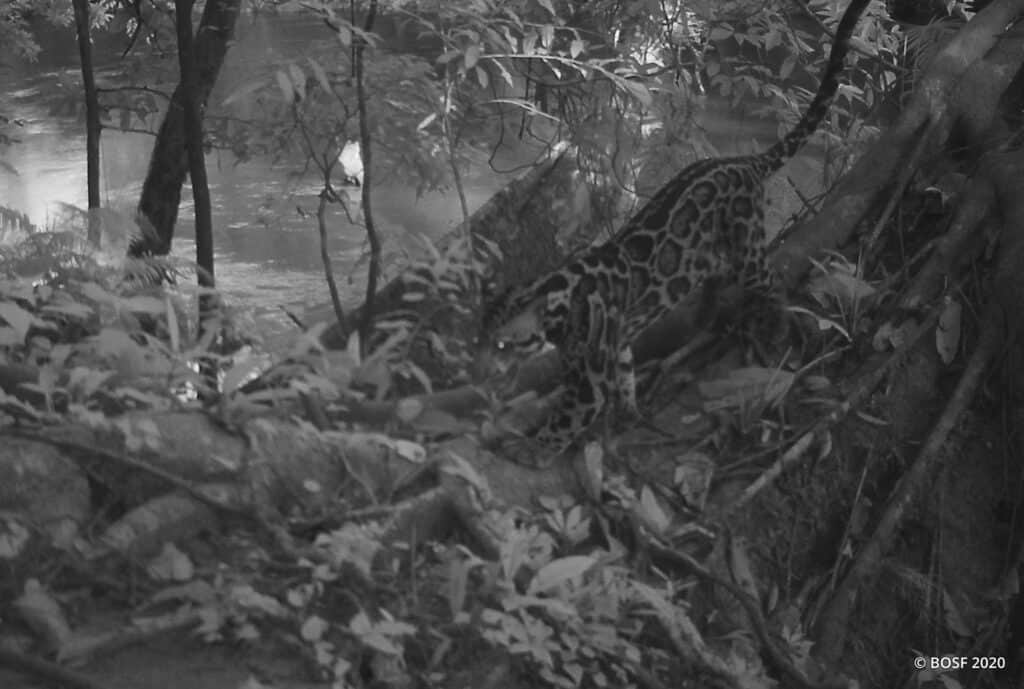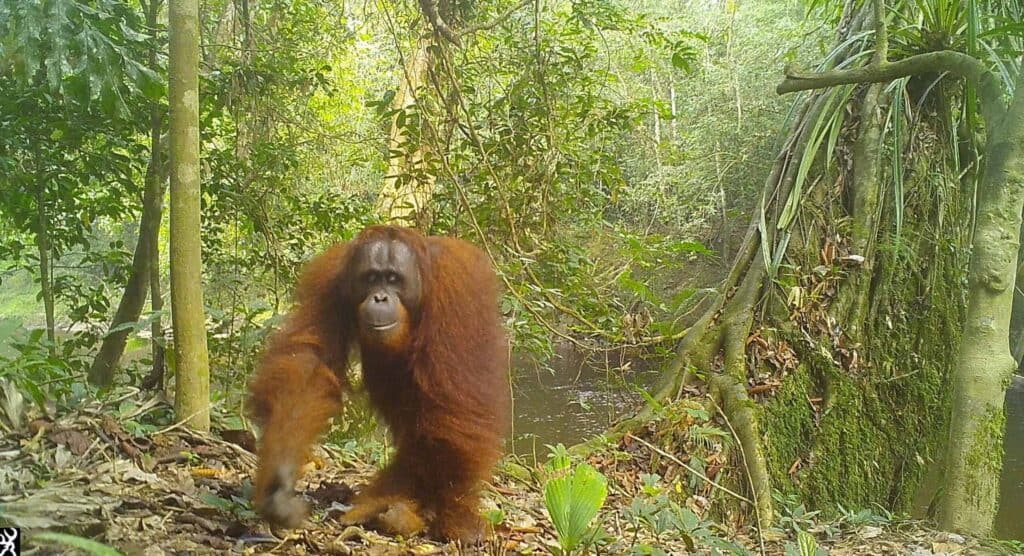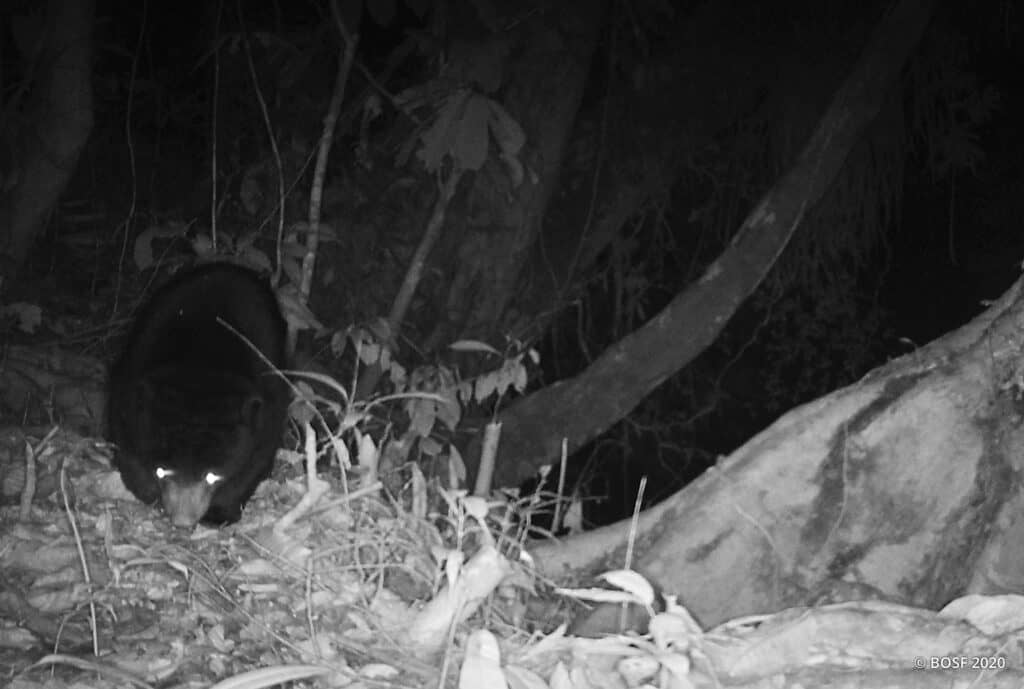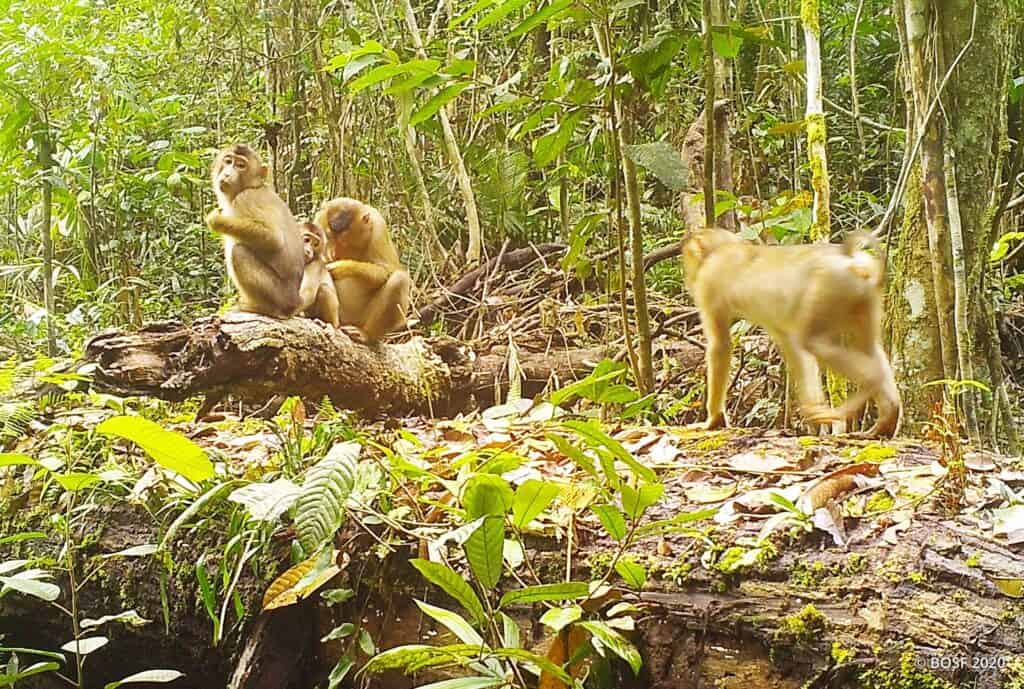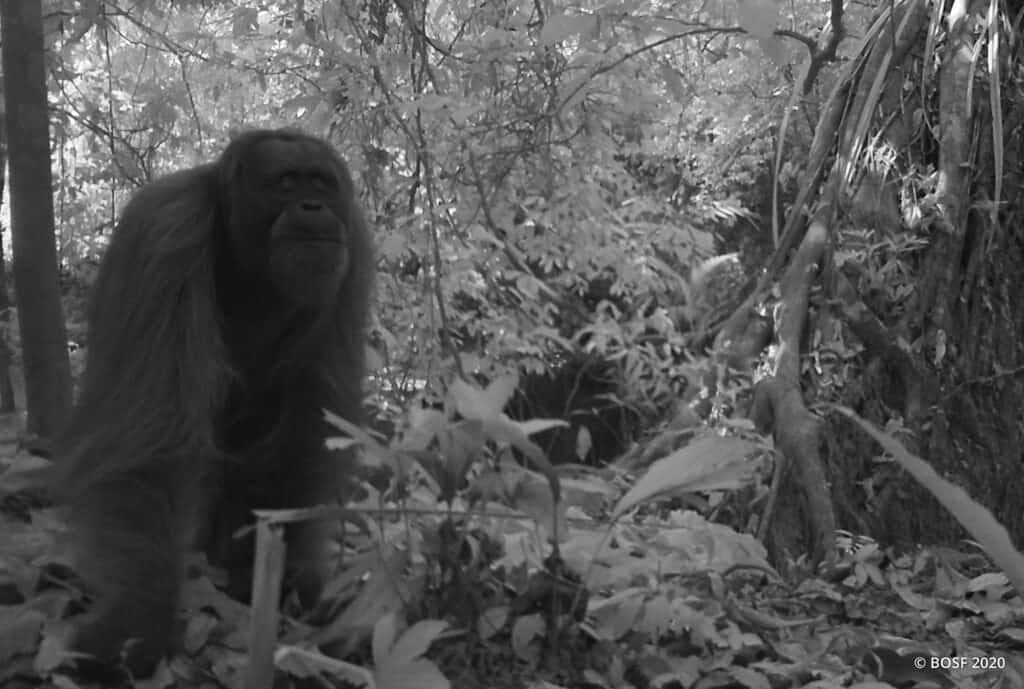Some of the early images from a new research project give an unique insight into life in the rainforest. The hope is that the data will provide new knowledge about orangutans and how they cope with life in the wild after being released.
A pilot study is looking into how the released orangutans survive in the rainforest. Some of the first images from the project show clouded leopards, sun bears and curious orangutans in their natural habitat.
The pictures were taken in the Bukit Batikap Protection Forest. This is one of the areas where orangutans that have completed their rehabilitation at Nyaru Menteng are returned to the wild. 30 camera traps have been deployed to collect important data from life in the wild.
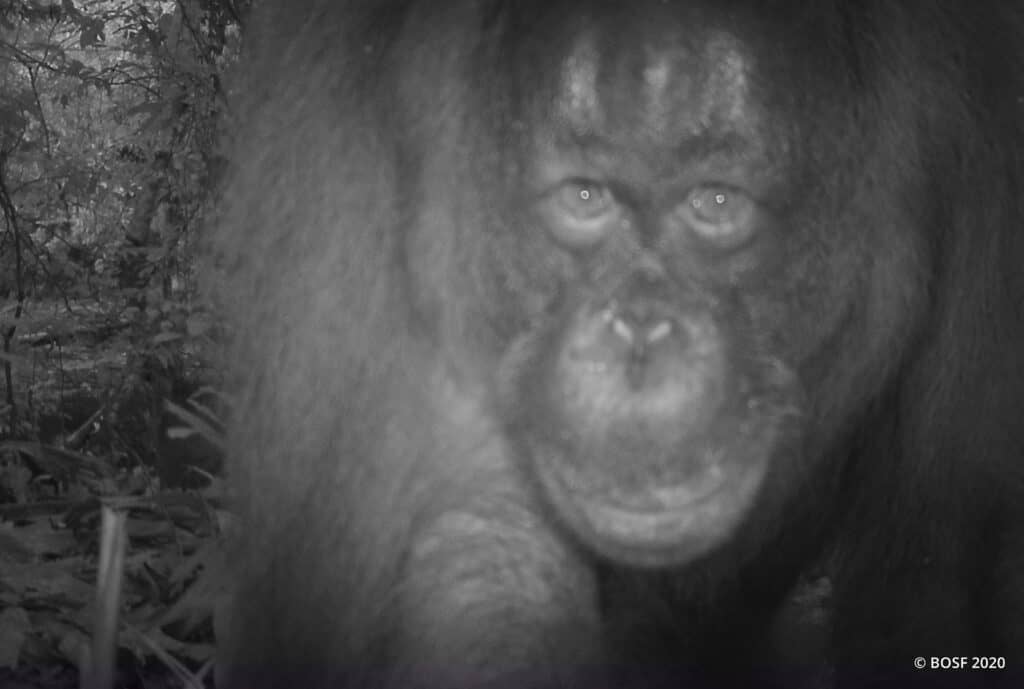
This pilot study in Bukit Batikap is a collaboration between our partner BOS Foundation, the University of British Columbia and Bogor Agricultural University. It is the first time camera traps are used to observe orangutans in the reintroduction sites and the project is still at a relatively early stage. The hope is that the information collected can provide a better understanding of the biodiversity in the area and how the orangutans in the area live.
This information, together with the knowledge we already have from monitoring the orangutans, also contribute to continuous improvements of the rehabilitation program.
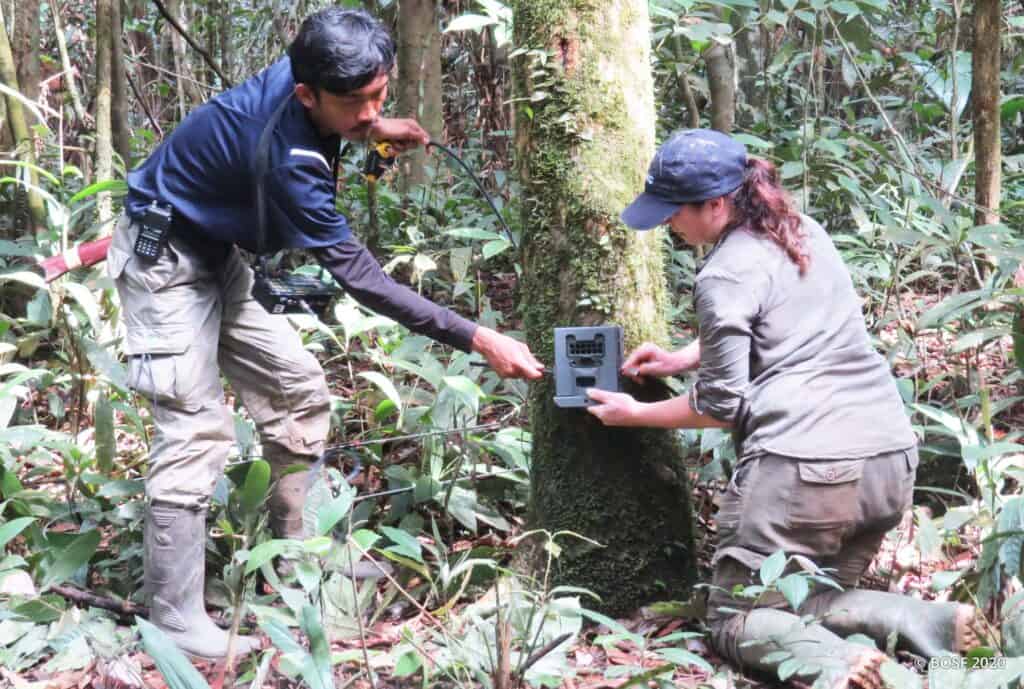
Camera traps as an alternative research tool
Our partner BOS Foundation continuously monitor released orangutans through radio tracking. This way, a series of data gives information about each individual orangutan and how they adapt to their new life in the wild. However, the battery life is limited on the tracking implants. Therefore, alternative research tools are needed to be able to monitor the new orangutan populations.
Read more about how the orangutans are monitored after they are released.
The camera traps can generate long-term information about the lives of the orangutans. The advantage of the camera traps is also that it is a non-invasive tool. This is critical in order to limit potential contact between orangutans and humans and reduce the risk of disease transmission.
The knowledge about the camera traps in this pilot project will also be used in the post-monitoring efforts, supported by Save the Orangutan, in the Bukit Baka Bukit Raya National Park (TNBBBR) release site.

